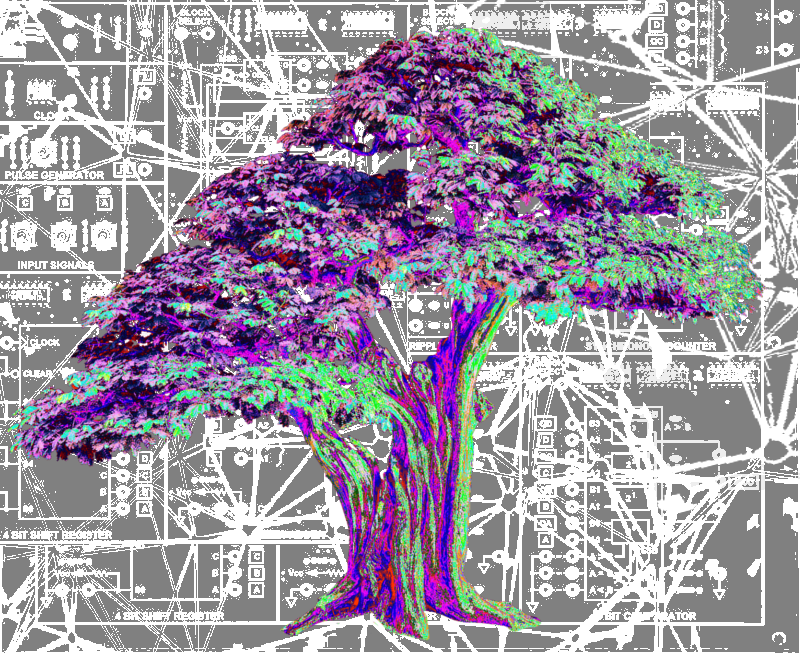High-tech leaf tested
 Engineers in the US have created an artificial leaf for capturing carbon.
Engineers in the US have created an artificial leaf for capturing carbon.
The artificial leaf works can capture carbon dioxide from more sources, like air and flue gas produced by coal-fired power plants, and release it for use as fuel and other materials.
Its designers say the stackable artificial leaf uses less power than a lightbulb to capture 100 times more carbon than other systems.
The scientists modified an existing artificial leaf system with inexpensive materials to include a water gradient - a dry side and a wet side - across an electrically charged membrane.
On the dry side, an organic solvent attaches to available carbon dioxide to produce a concentration of bicarbonate, or baking soda, on the membrane.
As bicarbonate builds, these negatively charged ions are pulled across the membrane toward a positively charged electrode in a water-based solution on the membrane’s wet side. The liquid solution dissolves the bicarbonate back into carbon dioxide, so it can be released and harnessed for fuel or other uses.
The electrical charge is used to speed up the transfer of bicarbonate across the membrane.
When they tested the system, which is small enough to fit in a backpack, the University of Illinois Chicago scientists found that it had a very high flux - a rate of carbon capture compared with the surface area required for the reactions - of 3.3 millimoles per hour per 4 square centimetres.
This is more than 100 times better than other systems, even though only a moderate amount of electricity (0.4 KJ/hour) was needed to power the reaction, less than the amount of energy needed for a 1 watt LED lightbulb.
They calculated the cost at US$145 per ton of carbon dioxide.
More details are accessible here.







 Print
Print